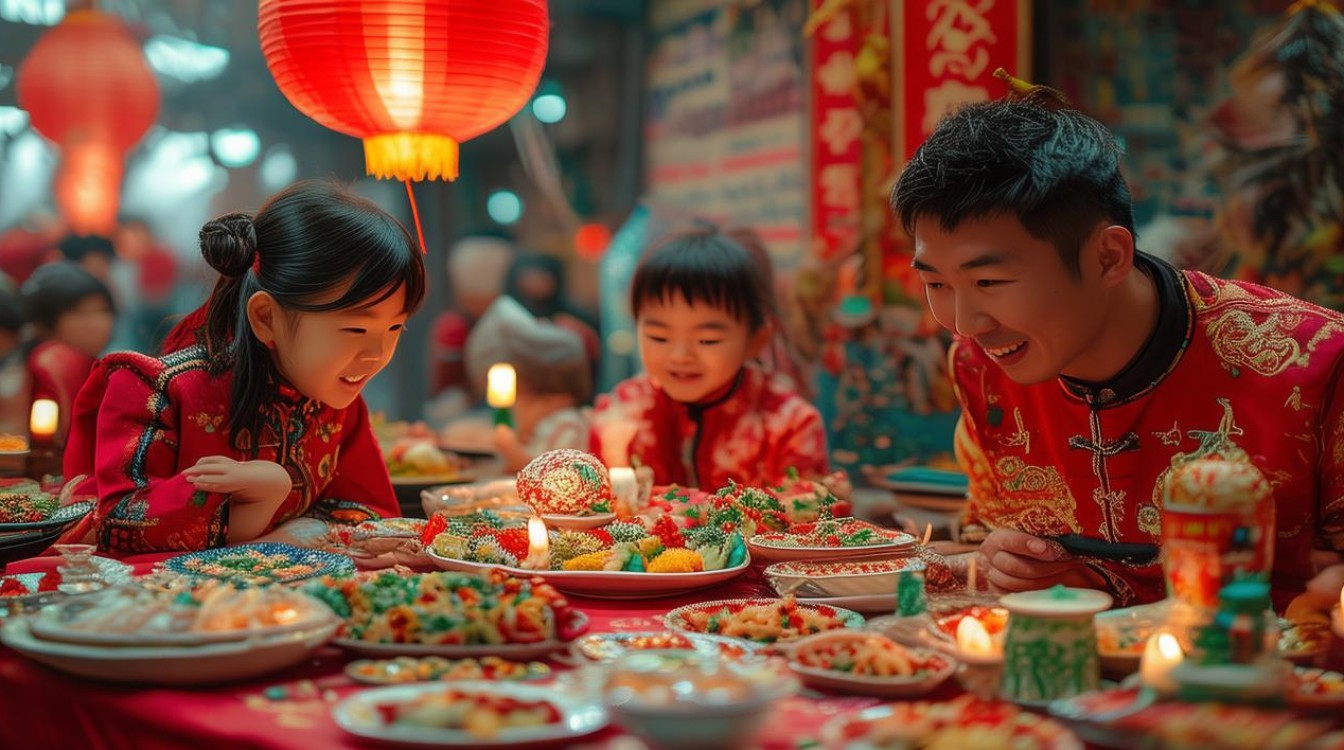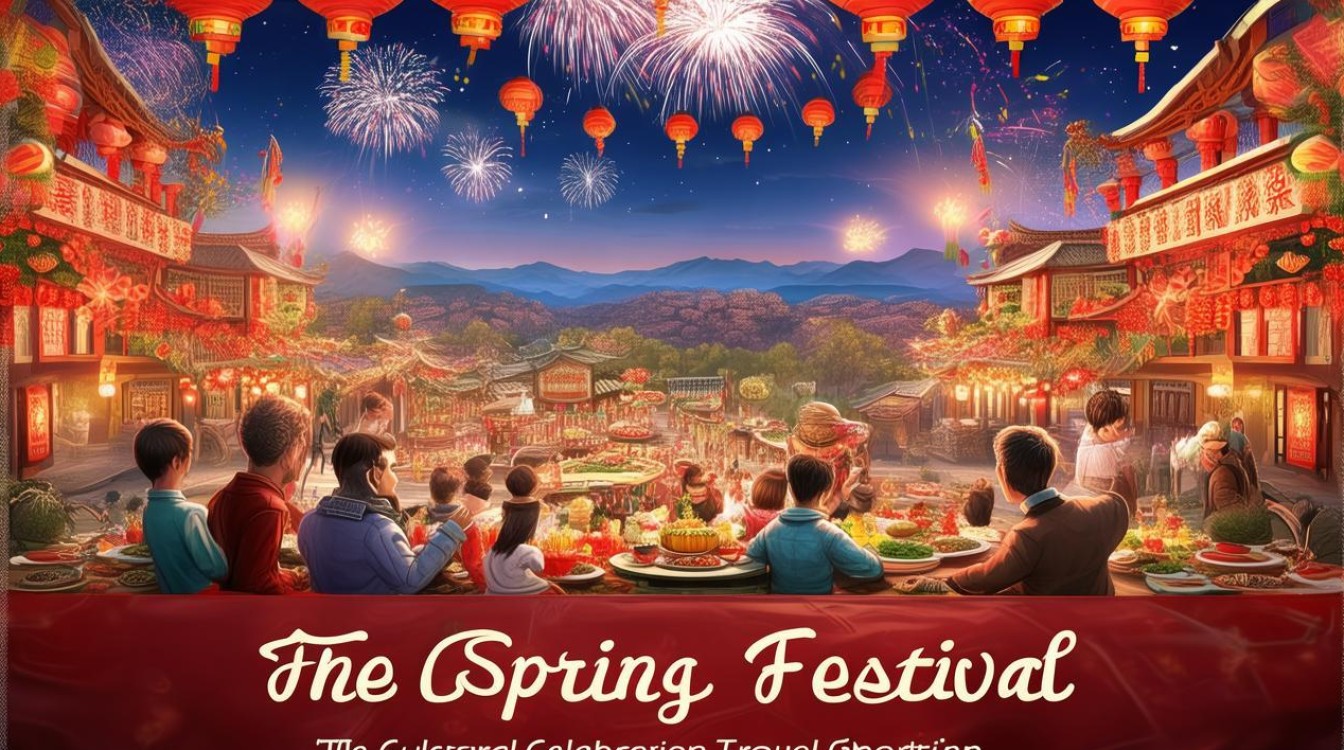The Spring Festival, also known as Chinese New Year, is the most significant traditional holiday in China. For students learning English, writing about this vibrant festival offers a chance to practice language skills while sharing cultural heritage. Here’s how to craft an engaging English essay on the Spring Festival, blending language learning with cultural insights.

Understanding the Spring Festival’s Significance
The Spring Festival marks the beginning of the lunar new year, rooted in centuries of tradition. Families reunite, homes are decorated with red lanterns and couplets, and fireworks light up the sky. Understanding these customs is essential for writing authentically.
Key themes to explore:
- Family Reunions: The festival centers on family. Millions travel home for reunion dinners, a practice called chunyun.
- Symbolism: Red symbolizes luck, while dumplings represent wealth.
- Rituals: From hongbao (red envelopes) to temple fairs, each custom has meaning.
In your essay, describe these traditions with vivid language:
"The aroma of dumplings fills the air as grandparents share stories, and children eagerly await red envelopes."

Structuring Your English Essay
A well-organized essay ensures clarity. Follow this framework:
Introduction (1–2 paragraphs)
Hook readers with a question or fact:
"Did you know the Spring Festival dates back over 3,000 years?"
Briefly introduce the festival and your connection to it.
Body (3–4 paragraphs)

- Paragraph 1: Describe preparations (cleaning, shopping, decorating).
- Paragraph 2: Focus on New Year’s Eve (reunion dinner, fireworks).
- Paragraph 3: Highlight New Year’s Day customs (greetings, temple visits).
Conclusion (1 paragraph)
Reflect on the festival’s personal or cultural importance. Avoid clichés like "In conclusion…" Instead:
"The Spring Festival isn’t just a holiday—it’s a heartbeat of Chinese culture, pulsing with warmth and renewal."
Language Tips for Authenticity
- Use Sensory Details: Engage readers with sights, sounds, and tastes.
"Crisp spring rolls sizzle in the pan, while the crackle of fireworks echoes through the streets." - Incorporate Proverbs: Phrases like "Good fortune comes to those who welcome the new year with joy" add depth.
- Avoid Direct Translation: Instead of "Nian gao," explain: "Sticky rice cakes, symbolizing a ‘higher year’ of prosperity."
Common Mistakes to Avoid
- Overgeneralizing: Not all Chinese families celebrate identically. Specify regional variations if possible.
- Ignoring Grammar: Tenses matter. Use past tense for memories ("Last year, we made dumplings together…") and present for general customs ("Families clean their homes to sweep away bad luck").
- Forgetting Transitions: Words like "Meanwhile," or "As midnight approaches…" improve flow.
Sample Paragraph for Inspiration
"On New Year’s Eve, my family gathers around a table laden with dishes—fish for abundance, noodles for longevity. Laughter blends with the clatter of chopsticks as we share hopes for the coming year. Outside, fireworks paint the sky in bursts of gold, a dazzling farewell to the old and a welcome to the new."
Why This Topic Matters for English Learners
Writing about the Spring Festival bridges language and identity. It’s not just about grammar; it’s about preserving culture while communicating across borders. When you describe jiaozi or the lion dance, you’re not just practicing English—you’re inviting the world into your traditions.

The Spring Festival is a tapestry of joy, memory, and renewal. Through English essays, students stitch their heritage into global conversations, one word at a time. Whether for a class assignment or personal reflection, this topic offers endless possibilities to explore language, history, and the shared human experience.
"Culture is language’s soul, and the Spring Festival is one of its brightest sparks."


